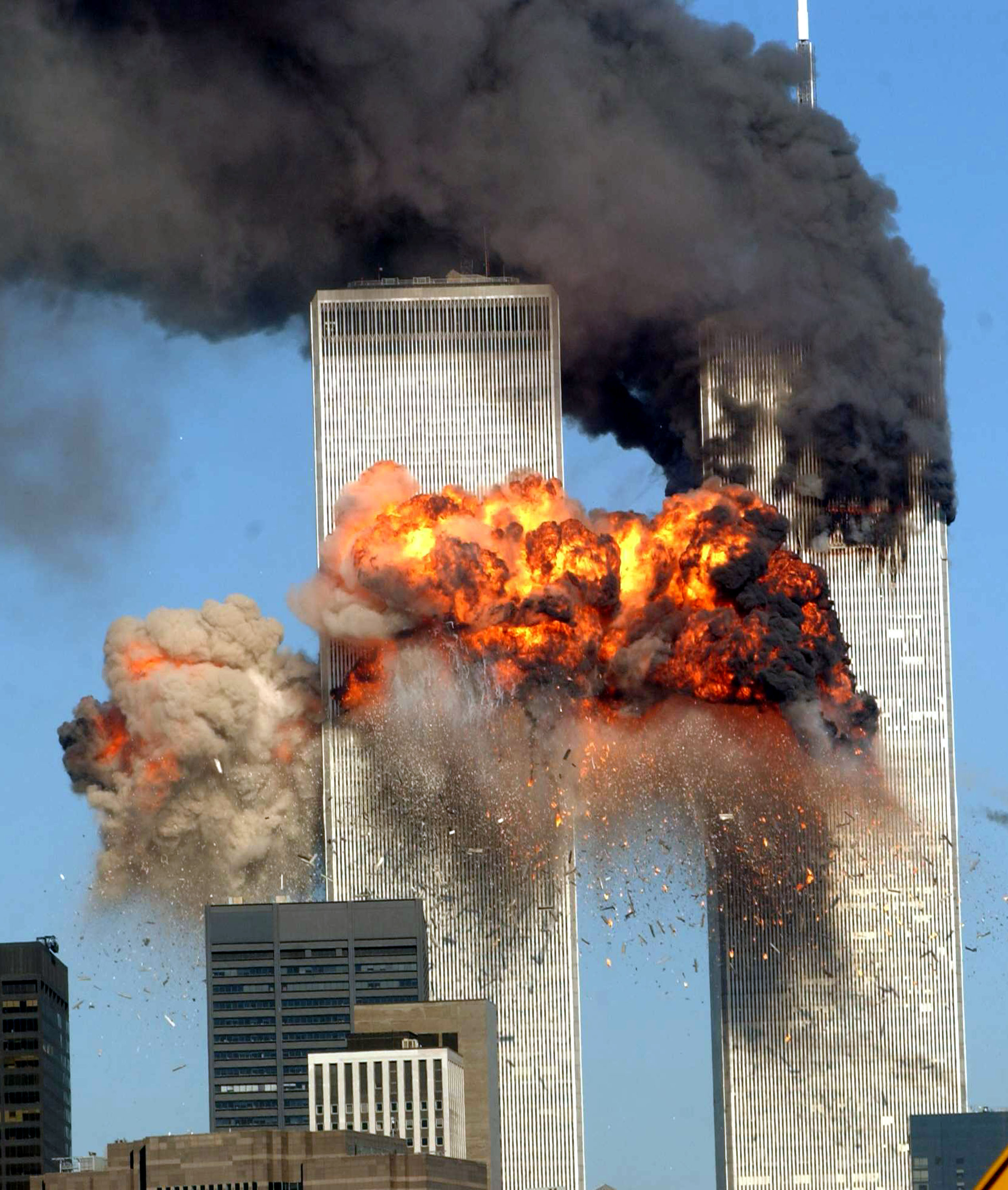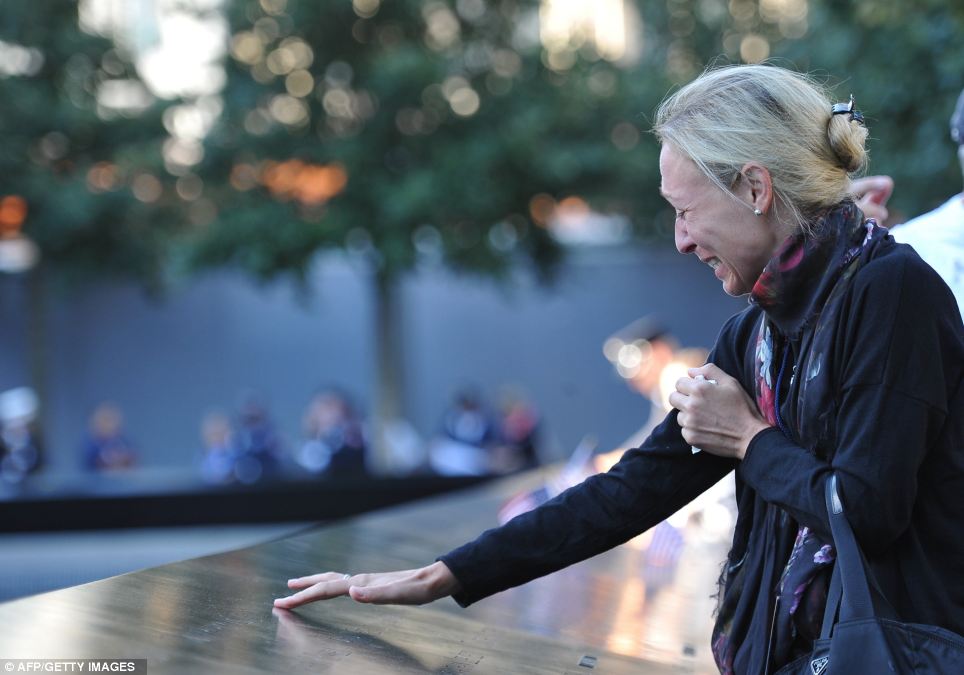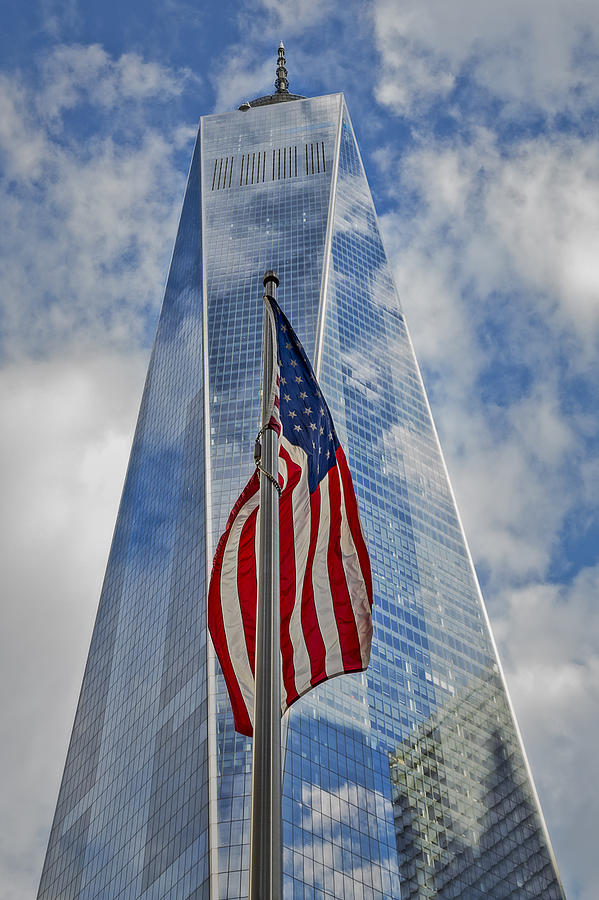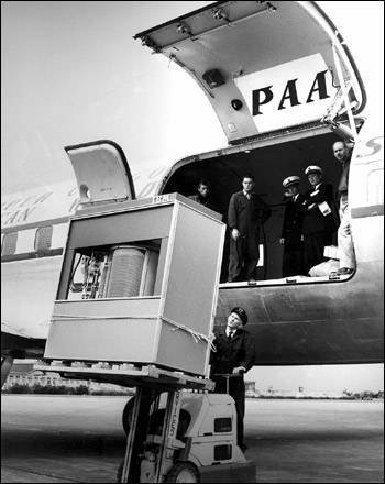mysunnyboy
Well-Known Member
lol is jane pauley on that show?Good Morning America did the whole huge pizza for the audience thing this morning.
Just kidding I never watch anything but fake news in the am
lol is jane pauley on that show?Good Morning America did the whole huge pizza for the audience thing this morning.
The wife does ABC most mornings. Today I napped on the couch after breakfast, so got the low down on pizza. {I don;t ever get much sleep at the camp}lol is jane pauley on that show?
Just kidding I never watch anything but fake news in the am
Why not? I sleep like a baby when I'm in the mountains?don;t ever get much sleep at the camp}
Me too, only instead of waking up to cry every 3 hours I gotta go pee.Why not? I sleep like a baby when I'm in the mountains?

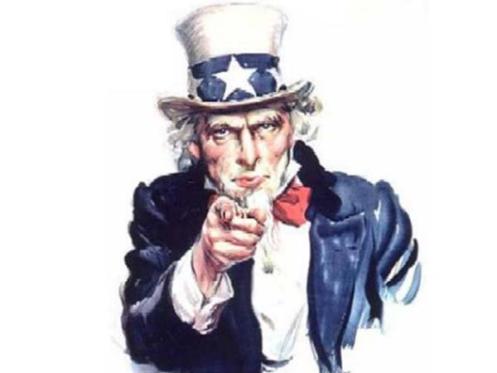
Tamsulosin for the winMe too, only instead of waking up to cry every 3 hours I gotta go pee.
More things to do than time to do them. Most of the time, camp nights are work nights for me. It's rare for me to hit the cot before 12 or 1 o'clock. Sun wakes me at 5:30 or 6.Why not? I sleep like a baby when I'm in the mountains?






